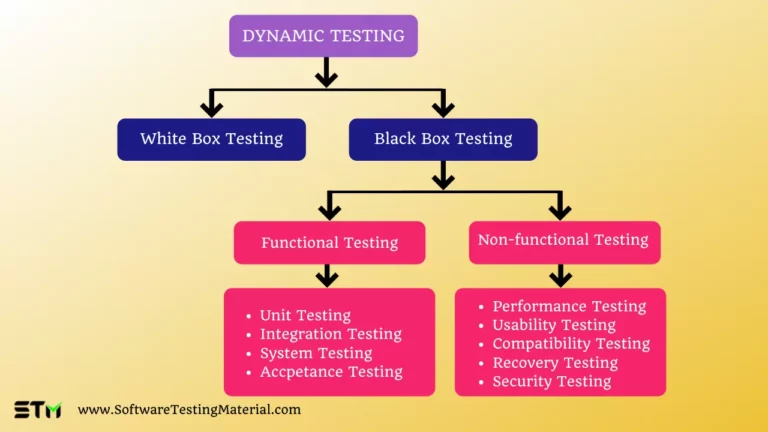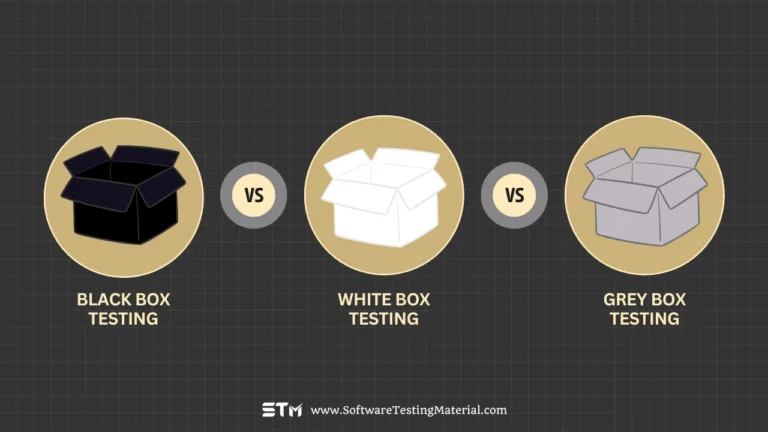Baseline Testing | How It Works, Purpose, Benefits, Baseline Vs Benchmark

Baseline testing is a type of non-functional testing. Its fundamental objective is to maintain a software application’s consistent quality.
In this Baseline Testing guide, we will learn what is baseline tests and the following
What is Baseline Tests?
Baseline testing is the process of recording software application performance metrics during performance testing. When the same software application is updated, including code changes, it goes through further performance testing, and new performance metrics results are compared to previous performance metrics results. For future reference, all performance metrics from each test are well-documented.
Baseline testing is the process of evaluating a system or component to determine its initial performance and characteristics. It helps to establish a “normal” operating condition, which can be used for comparison with future test results. This allows organizations to detect changes in performance or behaviour, which may indicate an issue or problem.
Baseline tests can be performed on anything from software applications to network infrastructure. They are typically conducted prior to a system going into production, in order to ensure that it meets all requirements and performs as expected. Baseline testing can also be used as a tool for troubleshooting problems when they occur.
Example of Baseline Testing
Assume, a performance tester determines the websites performance becomes down after 10,000 hits. Once the website hits reached 10,000, the website started functioning slowly. Once the website hits reached 11,000, it stopped operating.
For the next release, the performance tester has set a baseline of 10,000 hits for comparison to the standard server. For data to be utilized in future performance testing, a test was conducted with a goal of 10,000 as opposed to the common server.
Throughout the process of testing and analysis, important data has been extracted from this document. This data was based on a paper, providing a baseline for future comparisons. The document that was generated and tested serves as a reference point for all the teams during the project’s commencement and afterward as a standard of comparison.
How Does The Baseline Test Work?
The baseline test verifies and freezes a document. The number of documents is determined according to the requirement document, just as in testing. It’s crucial that this is finished and frozen so that the remaining papers can be generated correctly.
Why Baseline Testing Is Important?
Baseline testing is important because it aids in the early detection of problems in the requirement, it is critical for product success and quality. It plays key role in quickly identifing the issues in the requirement at an early stage of the SDLC. It lowers down project development time by reducing iterations needed to achieve high-quality delivery.
What Is The Purpose of Baseline?
The reason for performing a baseline test is to create a high-quality product in which issues are quickly addressed in the early phases, allowing development and other processes to proceed with the most of the problems fixed.
Baseline Testing In Software Development Life Cycle (SDLC)
Baseline testing plays key role in the requirement gathering and analysis phase of SDLC. It is critical that the initial stage be thoroughly evaluated. It can have an impact on the expense, time, budget, and client goodwill.
Based on this requirement document, other documents relating to software development and testing are generated, such as a Project Plan, Design document, Test Plan, Test cases, and so on. As a result, it’s critical to have a solid baseline test. If the requirement document is not validated properly, additional documents will fail.
The baseline assessed at each phase of the Software Development Life Cycle are as follows.
| Phase | Baseline |
|---|---|
| Requirement Analysis | Software Requirement Specification document |
| Design | Design Specification document |
| Implementation | Source Code |
| Testing | Test Plans, Test cases, Test data |
| Acceptance Testing | Working Software |
Benefits of Baseline Testing
The following are several of the advantages of adopting a baseline testing approach:
- It removes the issues in the requirement gathering phase itself.
- It helps to establish a baseline for the product’s performance.
- It detects and eliminates any issues with performance metrics.
- It helps in improving the quality of the software application.
- It identifies the configuration errors.
- It ensures that all the potential circumstances are evaluated without having an impact on the user experience.
Is Benchmark And Baseline Testing The Same?
The terms are sometimes used interchangeably, but they mean different things. Benchmark and baseline testing are not the same.
Baseline testing is done to compare the performance metrics results of a system with future performance metrics results. Whereas benchmark testing is done to compare the performance of a product with a similar product.
Don’t miss: How To Perform Benchmark Testing
What Is A Baseline And Benchmark Test?
Baseline testing is done from the user’s perspective, and test cases are run in order to obtain information about the product’s performance.
Benchmark testing is done from a business viewpoint to evaluate the product’s performance against industry norms.
Difference Between Baseline Testing And Benchmark Testing
| Baseline testing | Benchmark testing |
|---|---|
| Baseline testing is the practice of executing a set of tests in order to capture performance metrics results. | Benchmark testing is the process of comparing application performance against application which has similar functionalities. |
| When a program is initially tested, we take the performance statistics such as response time, throughput, CPU utilization, and so on and preserve them as a baseline. It's a good baseline for future comparisons. It is to detrermine the performance of the application to compare with future testing. | Benchmark testing is used to assess the application's performance against industry norms. |
| Baseline testing is performed for specific software application. | Benchmark testing is performed for all the software applications in the organization. |
| Baseline testing is done at the early phases of SDLC, from where the development, implementation, testing, and comparison begin. | Benchmark testing is to achieve or exceed what you have already accomplished. |
Conclusion
Baseline testing is an important process for any organization that wants to ensure the quality and reliability of its systems. By establishing a “normal” operating condition, it becomes easier to detect any changes or problems that may occur in the future. Baseline testing can also be used as a tool for troubleshooting when issues do arise.
Related posts:
- Benchmark Testing | How To Perform, Techniques, Phases, Tools
- Best JMeter Alternatives in 2023
- What is Software Development Life Cycle (SDLC), Phases, SDLC vs STLC
- How AI will play a critical role in the QA strategies of the future
- 3 Best Strategies To Implement A Successful DevOps Transformation






